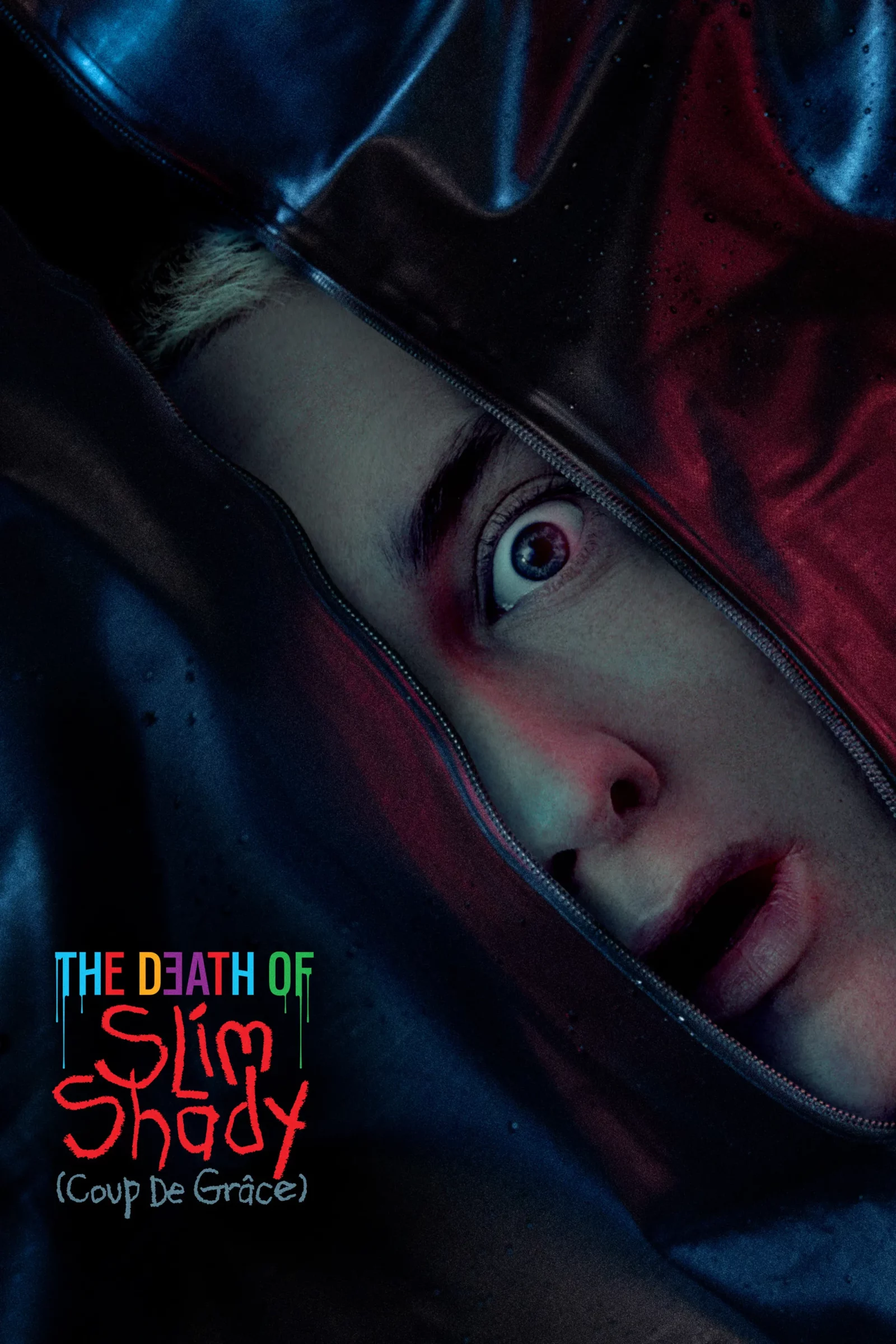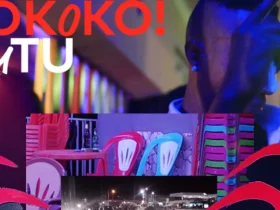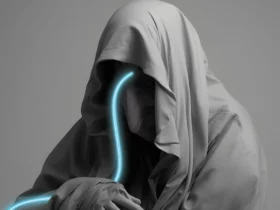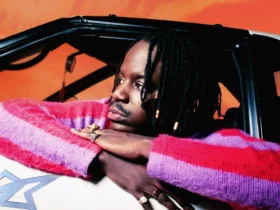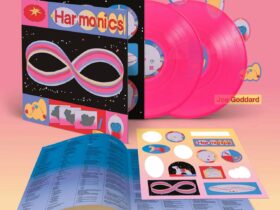GENRE: Rap
LABEL: Shady / Aftermath / Interscope
REVIEWED: July 16, 2024
A concept album about killing his alter ego can’t save the impishly clever Eminem from the same tired, dated, developmentally arrested material.
Eminem used to be reckless and thrilling. In the early days, he was a cruise missile slicing through the sky with the names of his targets spray-painted on the side. He aired grievances with a bullhorn, scaffolding crude insults with dynamic turns of phrase and flashy internal rhymes. Eminem could be arrestingly clever, sometimes issuing a line as meticulously written as it was shocking, but you’d never accuse him of being subtle.
That was 22 years ago. A generation removed from The Eminem Show, his last great album, Eminem is a shadow of his former self. His lithe and menacing flow now feels antiseptic and strained. The high-pitched, manic tenor of his voice gave way to an ever-ratcheting growl; any East Coast groove or nervy West Coast slink in his beats was replaced by chintzy Casiotone melodrama. He became blocky and unwieldy, careening through tracks with the grace of a Cybertruck crashing into a ditch.
His anger and defensiveness never dissipated, though. By the time he dropped his second album, The Marshall Mathers LP, his early screeds yearning for a colorblind hip-hop meritocracy had already lost their impact—by that point, Eminem was an unavoidable cultural force. Those diatribes sound even whinier now. He remains one of the biggest-selling and most-streamed artists in the United States, but Em’s perpetually on a back foot, like a wealthy barbarian at the gates working as hard as he can to convince his critics he’s worthy of praise. His music still clearly strikes a chord for a sizable audience, but he seems to look past them, more concerned with convincing someone—anyone—that he’s the deadliest to touch a mic.
Seldom does a blockbuster album sequel recapture that initial magic; The Marshall Mathers LP 2 often felt like trying to draw the original from memory with expensive crayons. Em honed his technical skills so sharply—the lightning-speed flow on “Rap God,” the precision syllable-matching on “Legacy”—that it rendered everything sterile. Notably, he tried to distance himself from his Slim Shady character, using several songs (including the smash hit “The Monster” with Rihanna) to destroy—or at least explain away—his trollish persona. Ten years and three middling records later, he’s back to kill off his alter ego for good. The Death of Slim Shady (Coup de Grâce) is his attempt at Jungian shadow work, opening the closet for a knock-down drag-out screaming match with the skeletons.
It begins with the sound of a hocked loogie. It could be Marshall Mathers trying to rid himself of the taste Slim Shady’s words leave in his mouth. Or it could just be a warning shot: This is gonna be gross. “Renaissance” functions mainly as a list of Eminem’s bona fides, comparing himself to rap legends like Big Daddy Kane and spitting lightly chuckle-worthy double entendres like, “Soon as I quit giving a fuck I started to sell a bit.” Near the end it devolves from a brash pen exercise to an attempt to shield himself from the criticism he can already feel coming. You get the distinct feeling we’ve been here before: “Premonition,” which opened Music to Be Murdered By, covered the same ground. It’s a grim harbinger that we will be exploring no new territory for the next hour.
The loose concept behind The Death of Slim Shady, as reinforced through a few skits peppered throughout the tracklist, is that this is the final showdown between Marshall Mathers and Slim Shady. Slim kidnaps Mathers, a nod to his early work, and forces the captive to write the kind of outlandish songs that made him famous. The first half of the album is a dilapidated funhouse, a cheap reconstruction of Slim Shady’s oeuvre. He opens “Trouble” by sneering, “Fuck blind people.” “Brand New Dance,” a leftover from the Encore sessions, is a three-and-half-minute diss track aimed at the late Christopher Reeve, who died in 2004. He mentions Caitlyn Jenner six times before the 30-minute mark. There are confused, angry rants about pronouns and references to South Park. It would all be outlandishly offensive if it weren’t so tired, dated, and developmentally arrested.
The album’s centerpoint, “Guilty Conscience 2,” is the ultimate standoff, the two characters meeting eyes and circling each other with hands hovering over their holsters. Em raps with two voices, one slightly affected with distortion to represent Shady, and one with a drier mix for Marshall. The two characters argue like drunken reality show contestants, scrunching their noses and waving a middle finger. Marshall limply explains that Shady’s cruelty is merely a product of his addiction, immediately decimating his own point by needlessly comparing Slim’s embarrassing antics to David Carradine’s accidental death by autoerotic asphyxiation. Slim’s retorts sound like a “debate me” guy invoking the “it’s only a joke” defense. Finally, after exhausting each other’s arguments, the two voices combine. It’s probably supposed to be a moment of absolution, but reads more like an admission of guilt. “I gave you power to use me as an excuse to be evil/You created me to say everything you didn’t have the balls to say,” they both howl. Then, as the album title promises, Marshall gains the upper hand and shoots Slim Shady dead.
The day before its release, Eminem tweeted that The Death of Slim Shady is a concept album and should, therefore, be listened to in order. It’s a long slog to get to “Guilty Conscience 2,” but there are moments of genuine inspiration along the way. Though he deflates “Fuel” with an overlong, technique-heavy tirade, Em enlists JID, one of his stylistic descendants, for a breathtaking verse. He shies away from the stadium stomp-clap bombast of his late career, selecting beats that run the gamut from goofy clarinet trap to the crisp, slithering boom-bap that marked some of his best early work. He’s still good for a dumb laugh, even if it’s a bit of a walk: “Call this sex ed with a splash of necrophilia/’Cause when I say that I’m really the evilest, I’m fucking deadass” from the otherwise bloodless “Evil.” But the album flounders, unsure of what it’s trying to say. There are five songs after the ostensible climax, none of which seem like a direction where the real, unburdened Eminem might travel.
Maybe The Death of Slim Shady is Eminem’s attempt to indict a bloodthirsty American public, to reflect the zeitgeist of book-banning ideologues and armed protestors showing up to drag storytime. Maybe it’s a treatise on addiction and how substance abuse can amplify the worst parts of yourself, causing untold harm to others. It’s hard to believe any of this in good faith, though. Eminem seems pleased to be wading back into the culture wars: He uses the term “woke BS” and complains he’s being squashed by the PC police. In “Head Honcho,” the first song after he’s “killed” Shady, he admits that “punching down ain’t beneath [him].” His sincerity has the tenor of a bad celebrity apology: “I’m sorry if you were offended, but…”
Mostly, The Death of Slim Shady just feels sad. No matter how self-aware he is about becoming the old white guy scared of a changing culture, Eminem can’t seem to get in front of that fact. He was so provocative on his first few albums not because of his lyrics—plenty of horrorcore and gangster rap records were just as gnarly—but because he anticipated the criticism his lyrics would inspire. He set up the hall of mirrors and led you right into it. Despite its dated, unnecessary content, “Brand New Dance” might be the best song here. It comes from the era when he still felt comfortable in his own skin, his gleefully provocative nature and undeniable skill sharing the same space. But now he’s stuck between contradictions; he claims to be above Slim Shady’s acidity but included that song anyway. If Slim Shady’s a mirror, as he asserts in “Guilty Conscience 2,” Marshall Mathers still can’t smash it. All the shards show the same reflection.
